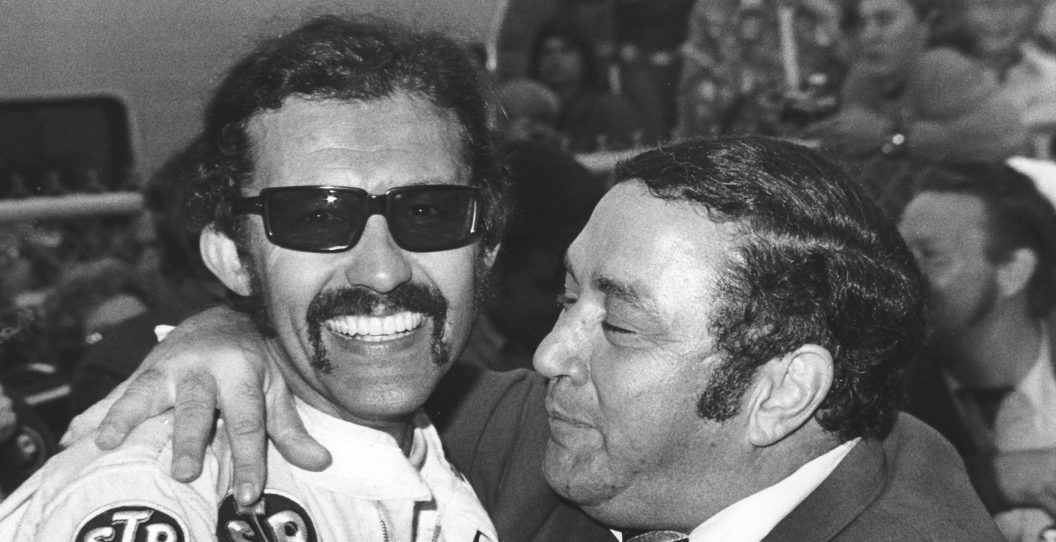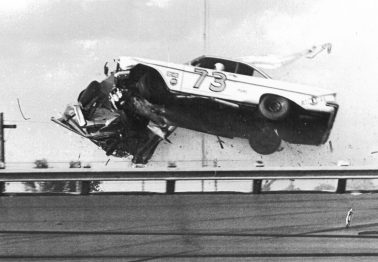NASCAR has always been about famous numbers, but the color and paint schemes on cars have always been special as well.
As the Petty family begins to celebrate its 75th season in NASCAR, it is time to look back at how the famous Petty Blue paint scheme came to be.
Petty Blue is synonymous with the family, hence its name.
The color was a happy accident, according to "The King" himself, Richard Petty, who explained the origin of the now-famous color to Al Pearce from Autoweek.
Petty doesn't exactly remember when the car was painted Petty Blue — sometime in the late 1950s — but he recalls that his team was scurrying to get his car ready for a race.
"My car needed to be painted before we left home," Petty said. "It was 2 or 3 in the morning, so we didn't have time to tape it over to make it a two-tone. We had some blue paint and some white paint; not enough of either for the whole car. But we had enough so if we mixed them, we could paint the whole car one color."
That choice to paint the car a color that sometimes is also referred to as "Carolina Blue" defined the Petty legacy as much as Petty's famous No. 43.
The color could have easily disappeared in 1972, when STP joined Petty Enterprises, as Andy Granatelli wanted to paint the car red, the color of his STP brand.
Petty refused but compromised with Granatelli. They agreed to paint the car red and Petty Blue and that STP paint scheme has been used by Petty as a driver and car owner ever since.
With this year marking the 75th Anniversary for the Petty family in NASCAR, the entire sport will celebrate all the family's wins and championships, but just maybe Petty Blue might be their greatest achievement. In a way, that color defines NASCAR.

